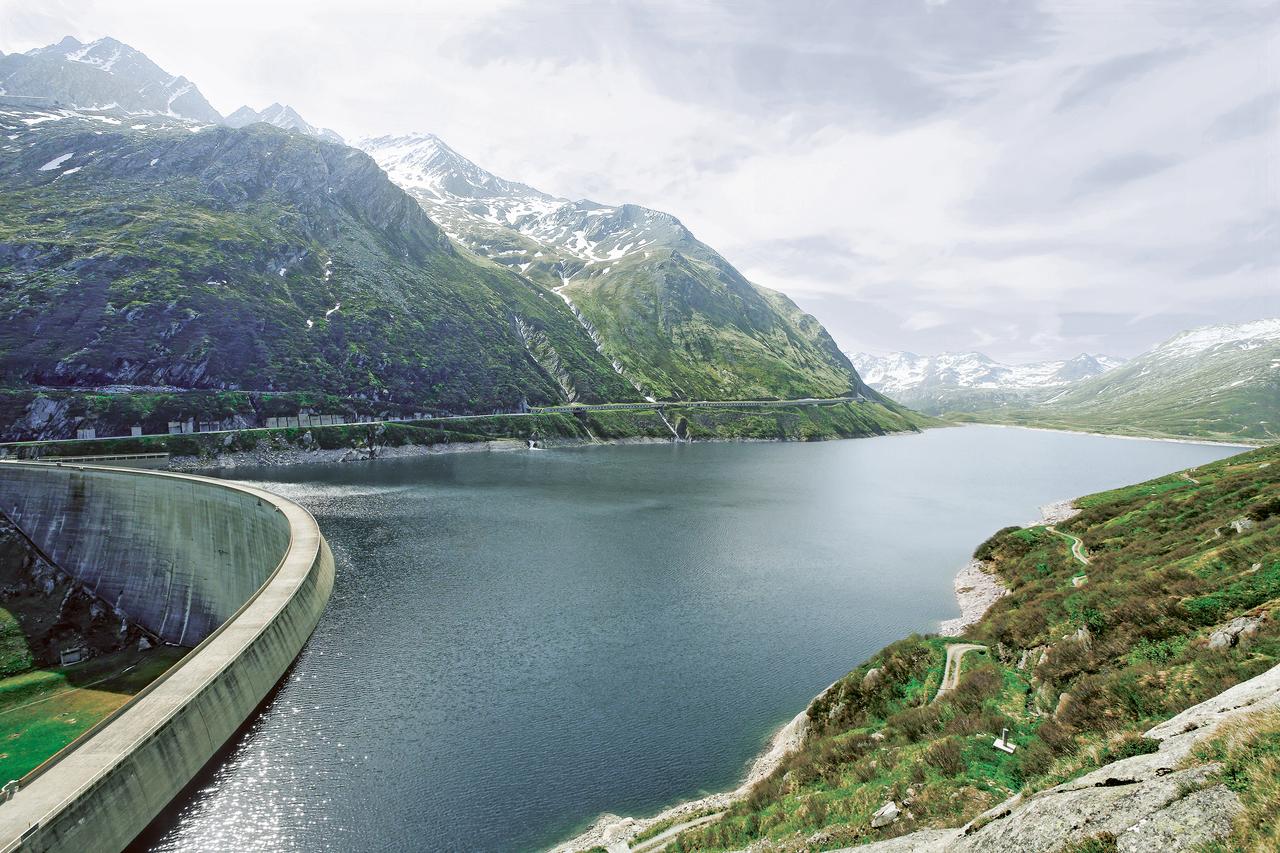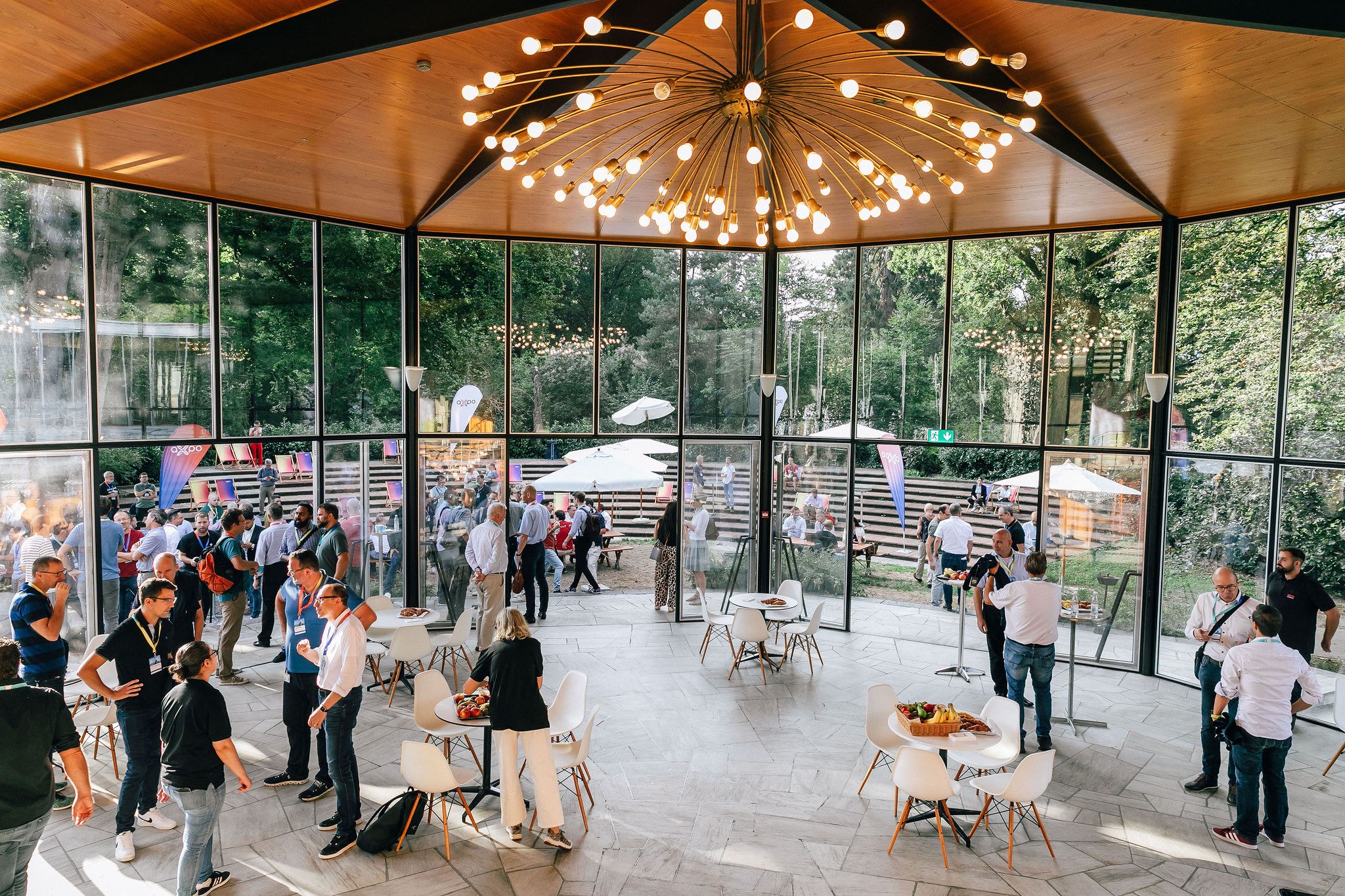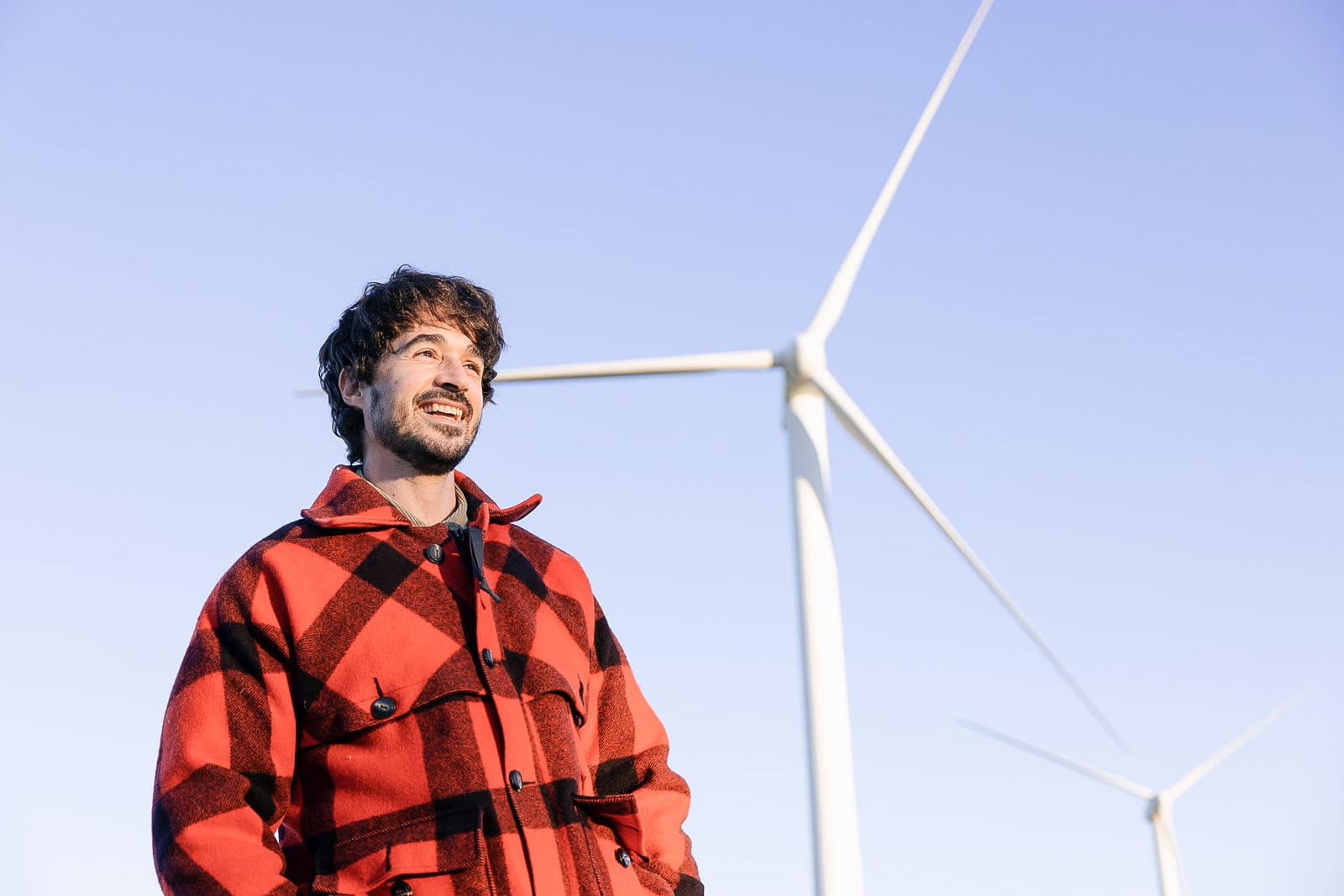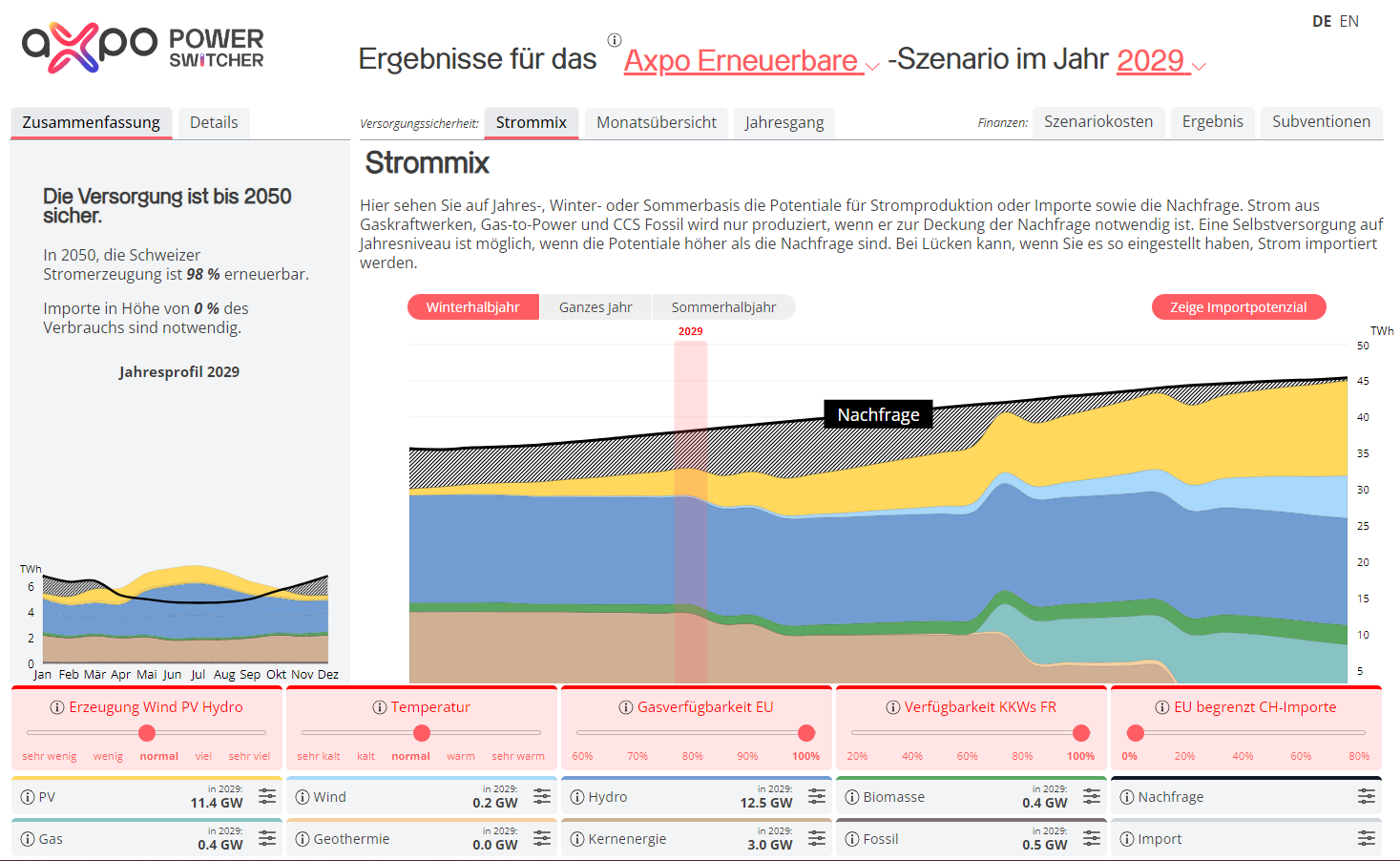12.11.2025 | ‘That's not green’ – Axpo and six municipalities launch a campaign for proper waste separation
‘The best thing to do is tackle the problem at its root’
Green waste is truly versatile: it can be used to produce sustainable energy and high-quality natural fertiliser – provided it is separated and recycled correctly. Unfortunately, too many foreign materials still end up in green waste. A joint campaign by Axpo and six towns and municipalities shows how to separate waste correctly. Nico Peter, Sales Manager at Axpo Biomass, explains the background.
Nico, why is a campaign on proper waste separation necessary?
There are two main reasons: firstly, too many foreign materials still end up in green waste, and unfortunately this trend is on the rise. And secondly, we are wasting a lot of potential because too much green waste still ends up in normal rubbish.
Why aren't the foreign materials simply sorted out in the fermentation plants?
There are actually technical facilities and checks carried out by employees to sort out foreign materials. But this is very time-consuming, expensive and does not guarantee complete removal. The best approach is to tackle the problem at its root, which is the most efficient solution. Ultimately, it's also about the quality of the natural fertiliser. Unsorted foreign materials end up in the digestate or fresh compost – and thus back in the garden or on the fields.
What are the most common foreign materials that end up in green waste?
The majority are inorganic foreign materials such as plastic, PET, aluminium or glass. We assume that many people throw such foreign materials into green waste out of ignorance. This is where our campaign comes in: ‘That's not green’ – i.e. it shows on various channels and platforms which materials do not belong in green waste.
Which municipalities are involved?
Municipalities and towns in the canton of Zurich are involved: Bülach, Bachenbülach, Kloten, Opfikon, Höri and Oberglatt. The first part of the campaign took place in spring 2025, and the second part started at the end of October.
What was the feedback like from the first wave?
In addition to a lot of positive feedback, we gained valuable insights: visually striking subjects and clear dos and don'ts are best understood. We are now expanding on this and focusing even more on typical mistakes: the topic of ‘plastic bags’ will be given greater emphasis in the second wave.
Are there plans to extend the campaign to other regions at a later date?
We are open to expanding to other regions and are already in contact with a number of interested municipalities and cities. We are prioritising hotspots with a high proportion of foreign matter or a particular need for education, as this is where the benefits are greatest. We provide other interested municipalities with content modules, best practices and evaluation methods and support them in their implementation – local implementation is most successful when done jointly.
‘That's not green’
The campaign aims to inform residents about which materials belong in green waste – and which do not. The natural fertiliser obtained from fermentation or composting is largely spread on agricultural fields and thus ends up back in the food cycle. That is why it is so important that green waste is separated correctly.
The campaign uses channels such as social media, promotional videos, flyers, advertorials and municipal information sheets.
More information about the campaign: Home – Raising awareness about green waste
More information about foreign materials in green waste: Foreign materials
Axpo Biomasse
Axpo Biomasse AG recycles around 280,000 tonnes of biomass per year in its 15 fermentation plants and 6 composting sites. The organic waste is used to produce biogas, electricity, heat, natural fertiliser and soil products.
Axpo Biomasse AG produces a total of around 75 GWh of energy per year, which corresponds to the energy consumption of around 17,000 households.




.jpg)





